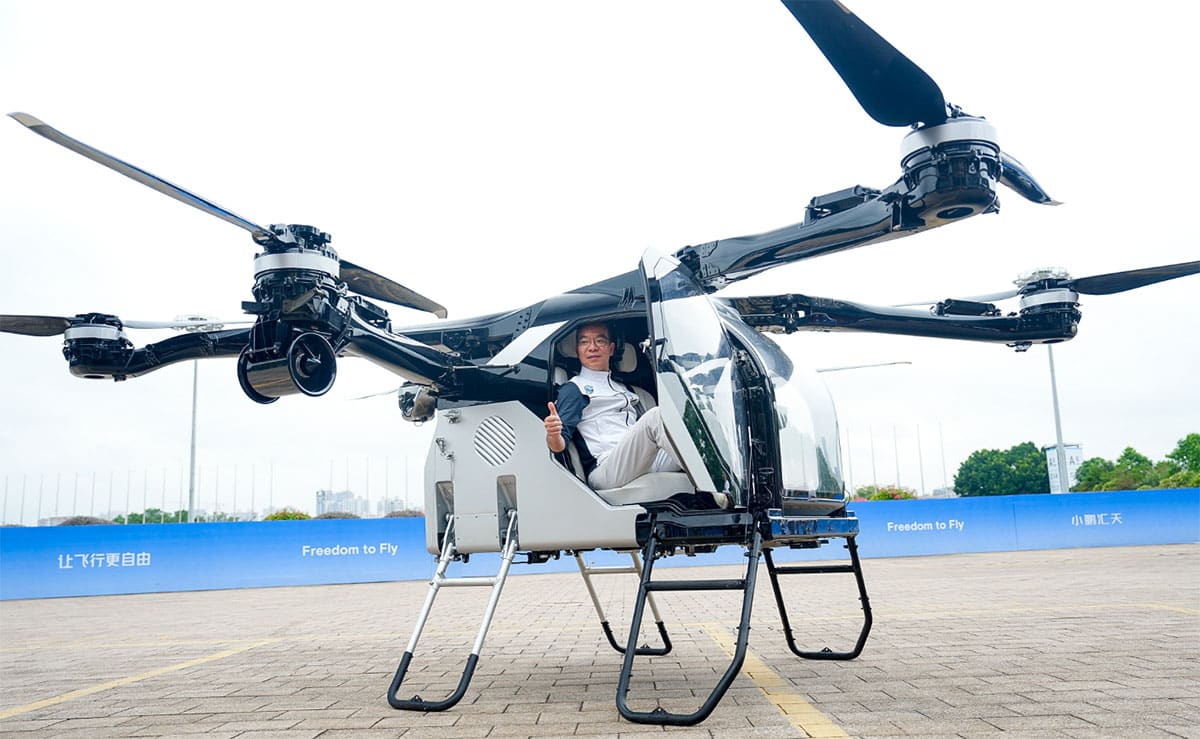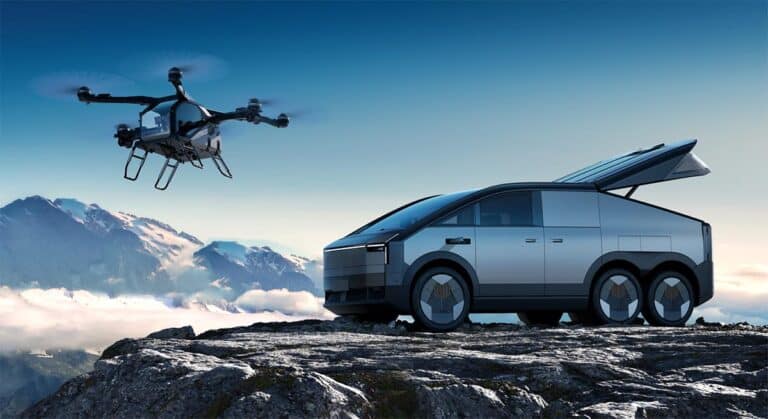In roughly two to three years' time, air traffic networks and ground flight service facilities in China's major cities will be largely completed, an industry body said.

An industry body has given its predictions for China's electric vertical takeoff and landing (eVTOL) industry, as the low-altitude economy becomes a widely discussed topic this year.
By 2030, China could have 100,000 eVTOLs in households or as air cabs, the China Low Altitude Economic Alliance said in a report released today at the inaugural Global Low Altitude Economy Forum annual conference.
In about two to three years, air traffic networks and ground flight service facilities in China's major cities will be largely completed and eVTOLs will be commercialized in large quantities, the report said.
The price of eVTOLs will gradually decrease from the RMB 10 million ($1.4 million) level, and the price of a four- or five-seat eVTOL is expected to be in the RMB 2 million to RMB 3 million range by 2030, according to the report.
As new technologies, including artificial intelligence and human-machine interaction, improve and mature, unmanned technologies will be widely used on aerial vehicles, the report said.
Unmanned aircraft will be everywhere in the future, becoming a major tool for logistics, agriculture and forestry, emergency rescue, urban management, power patrol, and traveling and tourism, according to the report.
China is already witnessing a golden decade of opportunity for the low-altitude economy, an economic business unique to developing countries and an important part of China's three-dimensional transportation, said Luo Jun, executive director of the China Low Altitude Economic Alliance.
By 2030, the size of China's low-altitude economy will exceed RMB 3 trillion, with the drone industry alone expected to first exceed RMB 1 trillion, Luo said.
Next, China's low-altitude economy model can be expected to advance in other developing countries, he said.
The China Low Altitude Economic Alliance was founded on August 3, 2024 in Beijing by more than 100 companies and research institutes, including Ehang (NASDAQ: EH), Autoflight, and Geely's Aerofugia Technology.
As China has gradually relaxed its control over low-altitude airspace over the past few years, eVTOL has begun to grow rapidly.
The only publicly traded company in the field is Ehang, which has delivered nearly 300 EH216-S eVTOLs.
Earlier this month, Ehang announced the completion of the first flight test of an eVTOL powered by solid-state batteries, paving the way for the use of next-generation batteries in small aircraft.
Xpeng Aeroht, the flying car subsidiary of Xpeng (NYSE: XPEV), has begun construction of its flying car manufacturing site, targeting mass production and delivery by 2026.
Xpeng Aeroht's modular flying car would be priced at no more than RMB 2 million, its founder and president, Zhao Deli, said during a September 3 event.
On August 3, CATL signed an agreement with Autoflight to invest hundreds of millions of dollars exclusively in the eVTOL maker as a strategic investor.
($1 = RMB 7.2571)

